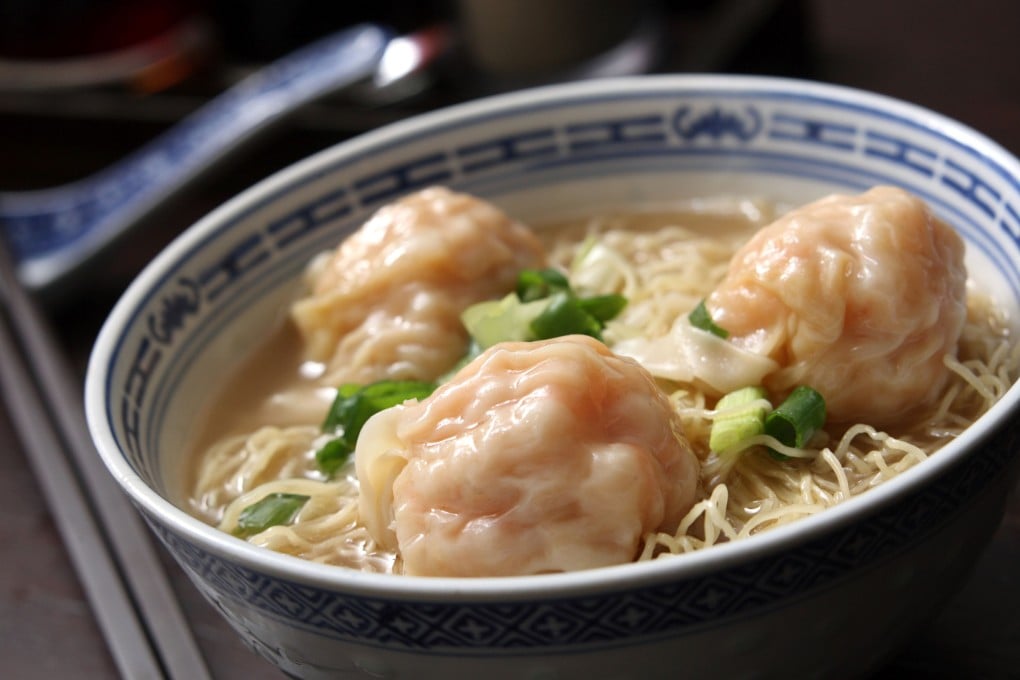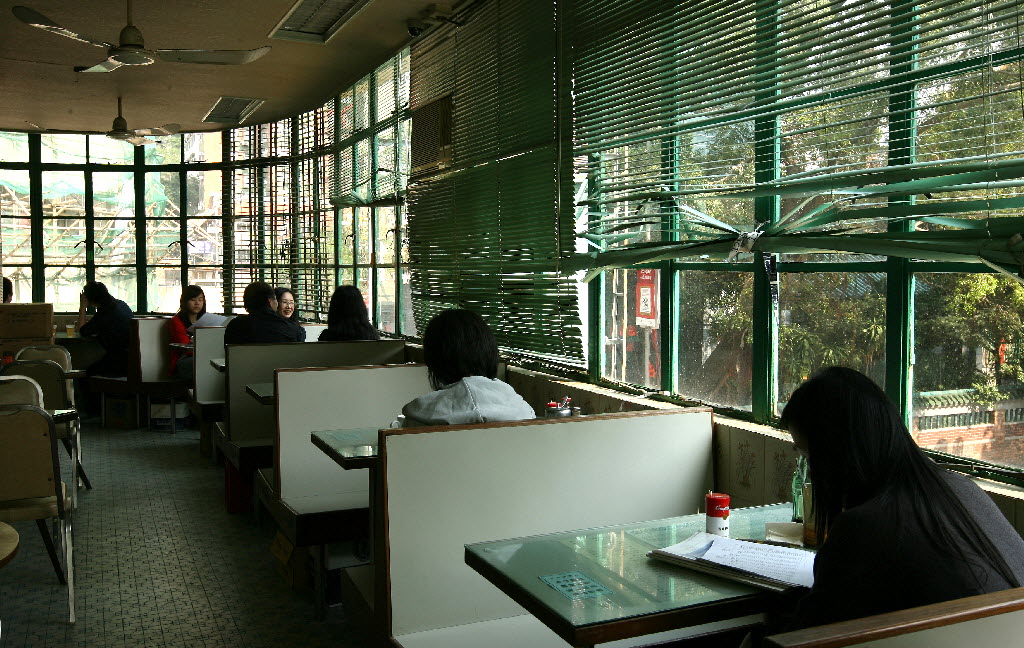Hong Kong's 10 Most Iconic Restaurants
These restaurants are everything that's good about Hong Kong dining.

In a culinary landscape where diners have to rush to new places before they fold in a matter of months, there are few reminders of the times before food trends. But the restaurants which have withstood the test of time are cherished portals to a Hong Kong long gone: Their cracked, colorful tiles, lavish appointments, generations-old recipes and quirky traditions hint at the formation of our culture’s cuisine.
Here are the most iconic and historic restaurants in Hong Kong.
1. Mido Cafe: the Jewel of Cha Chaan Teng Culture

Opened in 1950, the Mido Cafe is considered iconic for a reason. Its mint green booths, blue tiled floors, vinyl seating and large second floor windows overlooking historic Public Square Street only get better with age. Stepping inside this classic cha chaan teng feels like stepping into Old Hong Kong before it was Old Hong Kong. Rather than feeling touristy or overly aestheticized, the cafe seems to have retained a sense of normalcy. The menu hasn’t changed, the service is still unpretentious and brisk and the colorful furnishings have been gently maintained but not obsessively restored. In fact, the only reminders of the passage of time are all the DSLRs at the ready.
2. Yung Kee: From Dai Pai Dong to Roast Goose Royalty

Yung Kee is not the blink-and-miss-it dai pai dong it started out as in 1936 when founder Kam Shui-fai began selling his siu mei on Kwong Yuen West Street by the old Hong Kong-Macau Ferry Pier. Almost 80 years, three moves, several expansions and a high profile lawsuit later, this ornate and imposing six-story, golden-faced restaurant is still owned by the same family, selling the same quintessentially Hong Kong roasted goose and century eggs.
3. Jumbo Kingdom: The Imperial Swan of Aberdeen

Before the waterfront of Aberdeen was stacked with high-rises and Ap Lei Chau became the second-most-densely populated island in the world, there was the Jumbo Kingdom lighting up the Aberdeen Channel, ostentatiously gilded in the style of an ancient Chinese imperial palace. The twinned restaurants of Tai Pak Floating Restaurant (established in 1957) and Jumbo Kingdom (established in 1976) have served up classic Cantonese banquet fare to the good, the great—and the tourists—for decades.